Churchyards, with their variety of mature trees, are often good places to see local wildlife and St John The Baptist Church of England churchyard in the village of Sutton-at-Hone in north west Kent is a great example of this.
I have been visiting this churchyard for over thirty years and the number and variety of birds which can be seen at this location has remained high, where in many places they have decreased. Most of the bird species that can be found in this churchyard are relatively common species, but a few locally uncommon and rare birds are reliably found here. however, it is the variety of species and relative ease of seeing them, in pleasant and peaceful surroundings, that make Sutton-at-Hone churchyard an interesting place for local wildlife enthusiasts.
Here I will talk about the birds of Sutton-at-Hone church and mention some of the things that make them interesting. I hope you enjoy reading about them and that if you live in the area, you will go and look for some of these species in the churchyard.


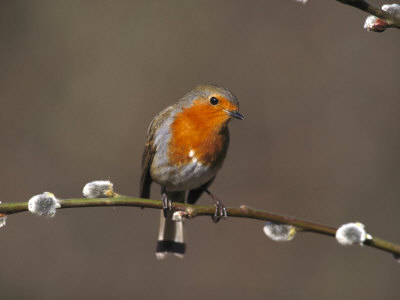
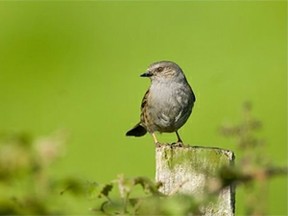
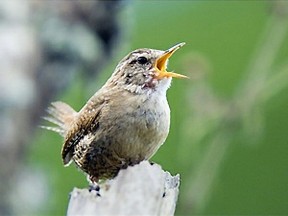
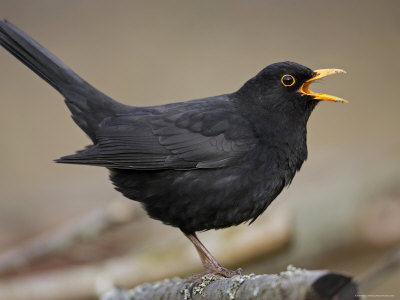
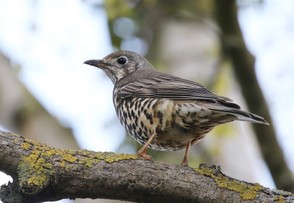

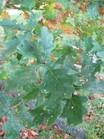
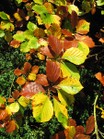
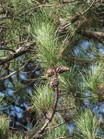
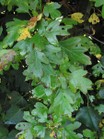
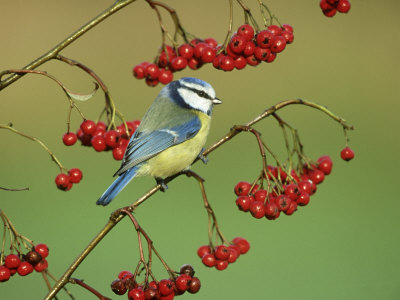
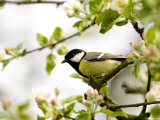
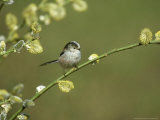
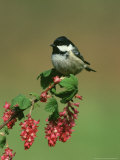
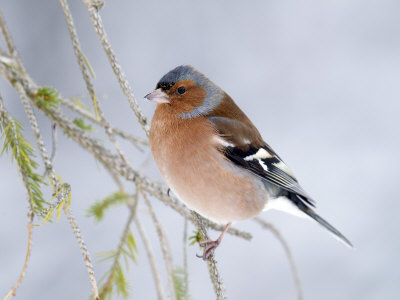
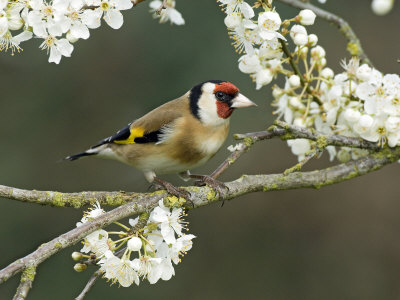
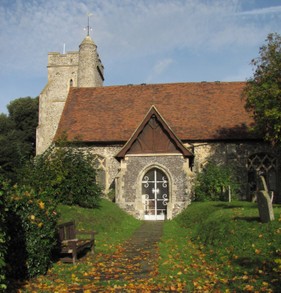
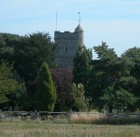
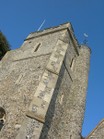
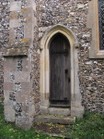
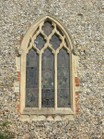
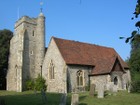
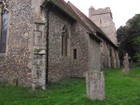
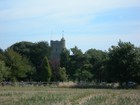
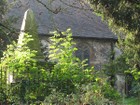
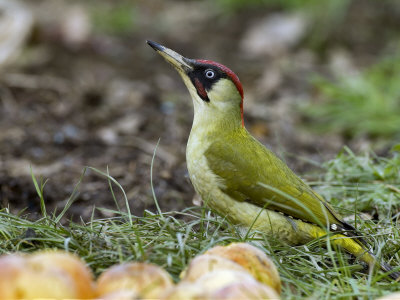
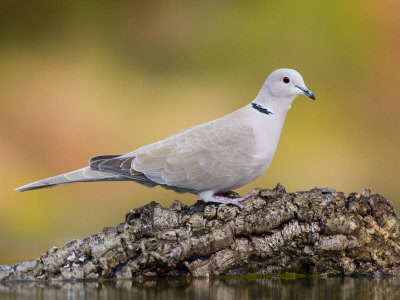
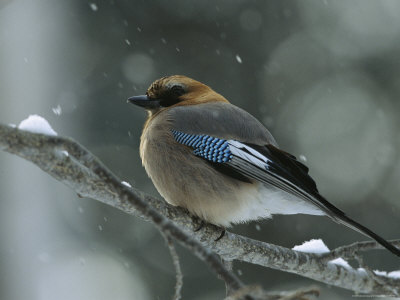
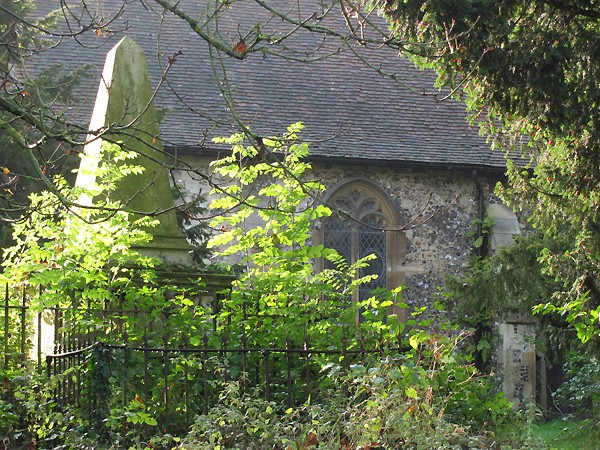
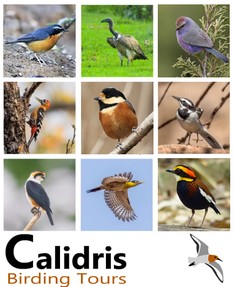
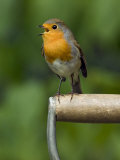
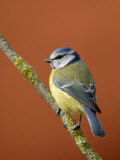
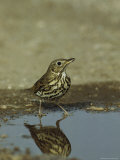
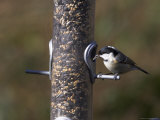
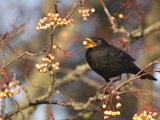
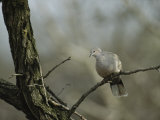
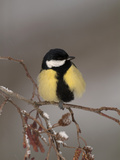
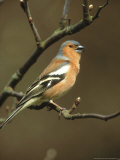
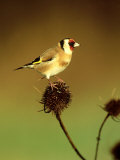
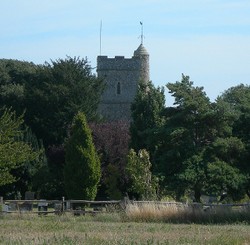

 Birding in Uzbekistan Highlightson 06/10/2025
Birding in Uzbekistan Highlightson 06/10/2025
 Sri Lanka Birding Tour Highlightson 05/28/2025
Sri Lanka Birding Tour Highlightson 05/28/2025
 South Korea Winter Birding Tour Highlightson 05/29/2023
South Korea Winter Birding Tour Highlightson 05/29/2023
 Birding In Asia - Top Bird Watching Locationson 04/05/2020
Birding In Asia - Top Bird Watching Locationson 04/05/2020

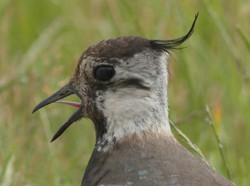
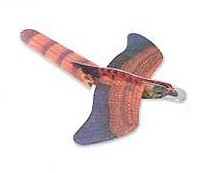
Please Leave Your Comments Here
We have the Eurasian Collared Dove here in Colorado now too. Great read.
Beautiful photos, Nick. It's great to learn of the birds you see at St. John's.
Some familiar birds to me, the Green Woodpeckers are great to see. I love their undulating flight.
It's so interesting to see the differences in the birds over there compared to here in the US. I wish we had pretty Jay's and green woodpeckers! And our goldfinch does not have a red face. So amazing, and an amazing place. I'd love to visit in person. Congrats on the EC Award too.
What a lovely page of photos and information. I love our churchyards, and your looks like a beautiful location.
Informative and very pretty article, Nick. Editor's Choice! :)
Love the images, they're really striking, but the Goldfinch and Green wren are my favourites. St John's, what a lovely church, too.